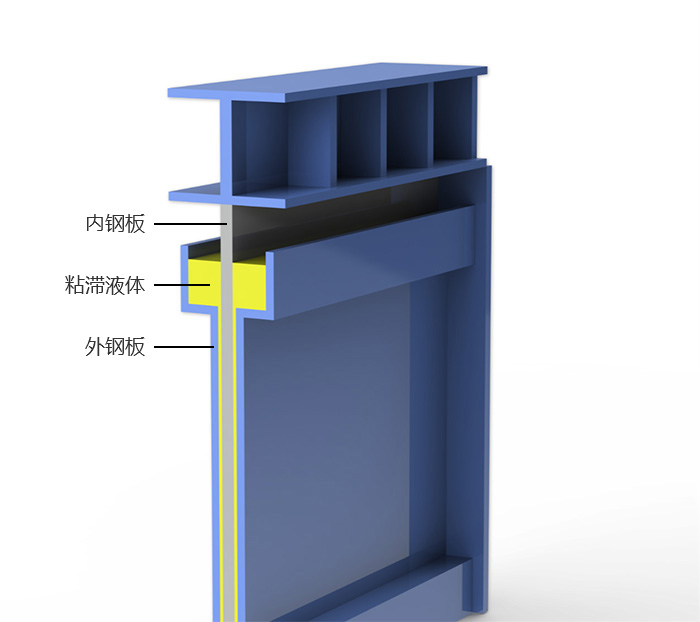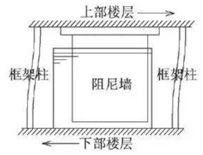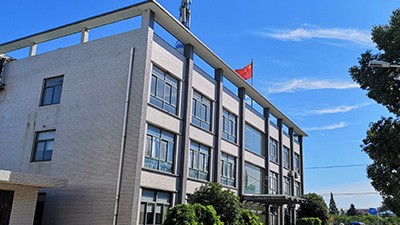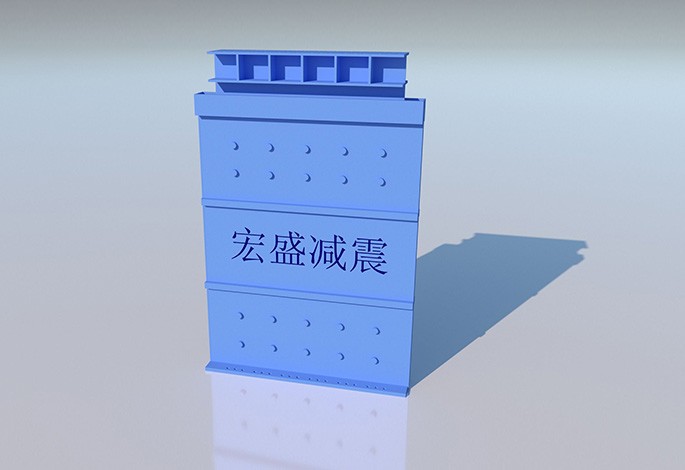1. Product introduction and working principle
Viscous damping wall (VDW) was first proposed by Miyazaki, a Japanese scholar, in 1986 and successfully developed by Sumitono Construction Company as a damping system that can be installed between structural layers as a wall.
Viscous damping wall (VDW) is a kind of damper in which the steel plate moves in a closed high viscosity damping fluid (hydrocarbon polymer), causing the damping fluid to produce shear deformation and viscous damping force. The filling material used for viscous damping wall is not easy to age, and basically does not contact with air. Its performance has almost no change during normal use. There are two types of viscous damping walls, single plate type and double plate type, which belong to velocity dependent dampers.

Figure 1: Structural Diagram of Viscous Damping Wall (VDW)
2. Product Features
A: The built-in liquid has no calculable stiffness, which does not affect the period and vibration mode of the structure before adding damper.
B: The hysteretic curve is elliptical, which ensures that the force of the damper on the structure is zero under the maximum displacement state, and the displacement is zero under the maximum stress state.
C: It can not only reduce the force on the structure of earthquake response species, but also reduce the response displacement.
D: It can be reused under earthquake and strong wind load.
E: Good weather resistance.
3. Damping principle
The inner steel plate is fixed on the upper floor, and the two outer steel plates are fixed on the lower floor. When the structure is subjected to wind or earthquake, the movement speed of the upper and lower floors is different, resulting in the relative speed of the inner steel plate and the outer steel plate. The velocity gradient between the inner and outer steel plates makes the viscous material damp, which increases the damping of the structure and reduces the dynamic response of the structure.

Figure 2: Schematic Diagram of Damping Principle of Viscous Damping Wall (VDW)
4. Standard products
| SN |
Maximum damping force (KN) |
Damping coefficient C (KN/(mm/s) a) |
Damping index |
|
1 |
300 |
41 |
0.4 |
|
2 |
500 |
69 |
|
|
3 |
700 |
97 |
|
|
4 |
900 |
125 |
|
|
5 |
1200 |
166 |
|
|
6 |
1500 |
208 |










